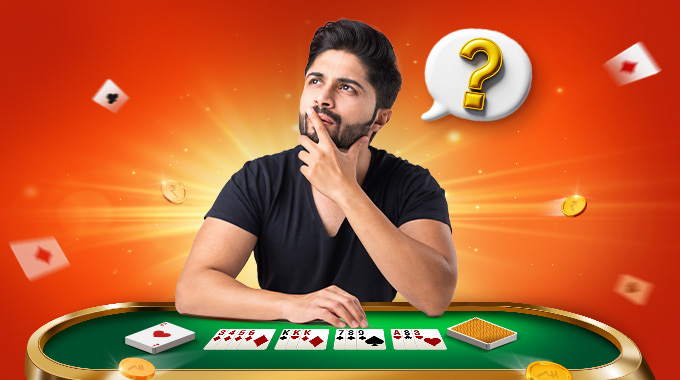Understanding Conditional Probability in Rummy: A Game-Changing Strategy
Understanding conditional probability can greatly improve your games in the realm of Rummy, where strategy and skill are quite important. This mathematical idea lets players decide depending on the cards that show on the table and the actions of their opponent. Analyzing the probability of obtaining a card required for a meld under the current game state helps players to better plan their strategies and raise their likelihood of winning.
What is Conditional Probability?
Conditional probability is the likelihood of an event happening assuming another event has already happened. In Rummy, this may be used to calculate the probability of getting a given card based on the cards that have previously been played or discarded. Your odds of getting that card drastically drop, for example, if you need a 7 of hearts to complete your meld and you find two 7s have already been thrown away.
Analyzing Game State
Players in Rummy must constantly assess the game situation if they want to maximize conditional probability. These are some important considerations:
- Track the cards you have played or thrown out visually. Estimating the probability of obtaining a required card depends critically on this information.
- Seeing how your opponent plays could help you to better understand their hands. Should an opponent often choose cards from the discard pile, they may be near to finishing their melds, which would affect your choices.
- Calculating probability requires an awareness of the remaining deck composition—that is, the number of cards still accessible and what they are. The likelihood increases, for instance, if you require a certain card and know that multiple copies are still in play.
Practical Examples
-
Completing a Sequence
Assuming you now have 5♠ and 6♠, completing a Sequence After accounting for what has been thrown away, the likelihood of drawing either 4♠ or 7♠ relies on the number of these cards still in the deck. Should you find one 7♠ thrown away, your expectations will change.
-
Forming Sets
Knowing how many 9s are remaining in play can help you make decisions if you have two 9s (9♦ and 9♣) and are waiting for another 9 to create a set. Your odds of finishing that set drop if two 9s have already been thrown out.
-
Using Jokers
Jokers provide conditional probability, a fascinating layer. Should you be aware that an opponent has taken a joker from the discard pile, this might suggest they are near to creating a meld, thus you would want to reevaluate the cards you should keep or discard.
Strategic Implications
Understanding conditional probabilities helps players to adjust their strategies throughout the game. These are some strategic uses:
- Monitoring which cards you have utilized helps raise your predictions of probability. This allows you to predict the opponent’s likely holding.
- Update your estimates as the game goes on and more data becomes known to see which cards are most likely to stay in use. This adaptability is crucial if one wants to make wise decisions.
- Conditional probability lets one evaluate the risk associated with utilizing the discard pile or the stockpile. Depending on what is seen, utilizing the discard pile increases more risks; so, drawing from the stockpile might be preferable.
Conclusion
In addition to enhancing your problem-solving skills, mastering conditional probability in Rummy will help you become a better strategist and decision-maker. Apply these concepts when you play rummy online real money on RummyCircle where every choice counts and an understanding of probability will help you to turn the tide in your favor. By putting these tactics into practice, you may improve your gaming experience and perhaps become a formidable opponent!




